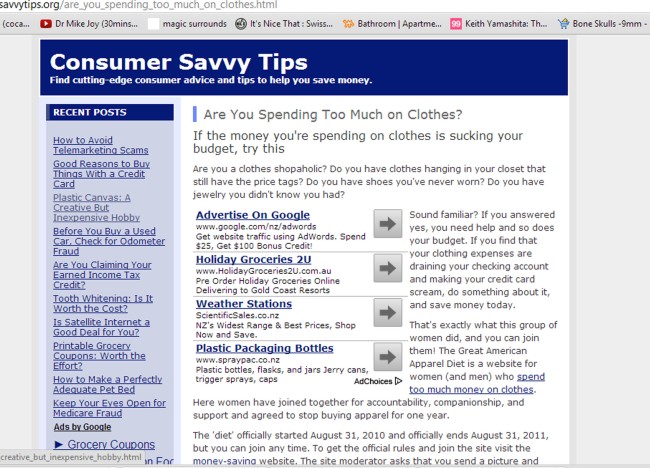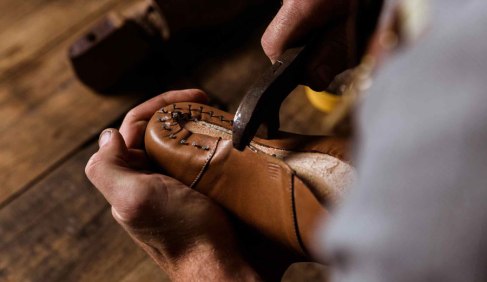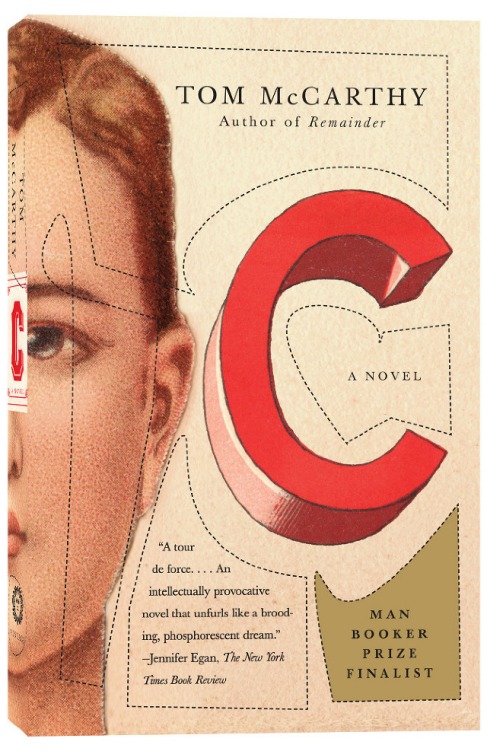Presentation
26 AprClothing today is produced cheaper and faster than ever before, resulting in an increase in waste and thoughtless consumerism. Fast fashion encourages customers to continuously buy cheap clothes which they place little value on, and then discard for the next fashion in a few weeks time. Today new fashions are introduced constantly, so the moment you buy something you are ‘out of fashion’
Ever since the industrial revolution the model of fashion production has changed and the value people place on their clothing. In the past clothes were so expensive and elaborate to produce that they were recycled until they were completely worn out.
Most of us will understand how most clothes are produced today. We would struggle to find anything new that isn’t made by factory workers in China.
But the sadest thing that I’ve discovered through my research is that manufacturers are now moving out of china and moving to new countries such as Bangladesh and Vietnam, where wages are one third of what is paid in china. The problem is, wages have gone up in China and working conditions aparently have improved. But clothing companies and shoppers still want to pay the same cheap prices they’ve had for years, and so factories are having to move to untouched countries.
Factories cant keep moving and leaving devastated environments in their wake, eventually there will be no where for them to go. Shoppers have to start realising the fast-fashion culture is unsustainable.
I’ve looked at two approaches that others have done.
The first, is Everlane clothing. They produces cheap yet good quality clothing, its moto is “buy less, buy better”. It argues that clothing has extremely high overhead costs which can be cut through using an online store and sourcing straight from manufacturers. Although the concept is great, the company still has to compete with other fashion retailers, and has had to resort to the same marketing techniques of most chain stores, encouraging addictive impulse buying. So it hasn’t really worked.
The second is a project called Local Wisdom. Through community photo shoots and the collection of peoples stories, the project explores ways that people reuse their clothes. The problem with this idea is that they need to think of a strategy to get people to these photo shoots or the website. Other wise the only people that will be interested is the people that are already sustainable.
I’ve decided the best way to approach this is by encouraging people to reuse, mend and alter. I’m designing a campaign around this. Teaching people that you can get better quality clothes in an opshop and you can find current fashions if you look hard enough. Also basic sewing techniques like how to sew a hem and things like finding your local cobbler who could probably fix your favourite pair of shoes so you dont have to bin them.
Annoying
14 AprI found this site and I’m just annoyed
How ugly is this! And then they try to say this
“Did you commit? Good for you. No? That’s okay. If you want to make some serious changes in your shopping habits but just can’t quite commit to an entire year without any new clothing, visit The Thrifty Chicks. These ladies are ultra-cool and fashionable and show you how to shop thrift stores and never buy any new clothing again. They can take cheap clothes and make them look like a million bucks. Whether you need women’s clothes, kid’s clothes, or men’s clothes, you’ll learn how to shop thrift stores without looking like you shop thrift stores
I know these people are trying but they give opshops a bad name. Calling these people ultra cool and fashionable is irritating because they arnt at all. I feel like there is this abundance of blogs that are almost putting people off being thrifty because they are not well designed or managed
Quote
3 Apr“Fashion is dress in which the key feature is a rapid and continual changing of style. Fashion…is change”- Elizabeth Wilson
Local Wisdom
3 AprLocal Wisdom combines ethnographic research methods with design process. It gathers stories and images from the public of how people use their clothes at community photo shoots. These use practices are then the basis and inspiration for design projects in the UK, USA, Canada, Denmark, Australia and New Zealand which aim to amplify these practices and explore their integration into larger programmes or original business models. A selection of photos from community shoots are below. Read the stories behind them at Local Wisdom and visit Kate Fletcher’s website.
Then he took off his shirt and he gave it to me. And then I said, ‘can I give you money for it?’ but he said, ‘No, no, it’s fine’. And then I said ‘I want to give you some money for it’, because I could also see he was not a wealthy person.”
“I go into prisons and teach basic computing skills. However I learned quickly that you have to create sort of a personality [through your dress] that’s authoritative… It was also important when I was putting different ensembles together, that I try to be as low metal as possible, or if the metal exists, pure metal, because it makes a lot less cumbersome when I am going through the metal detectors.”
“at one point I found just pointless to always to sort my socks. So what I decided was to ask my mother to give me for Christmas thirty pairs of the same socks. Then I threw away all of the others I had, and now I have thirty pairs of the same black boring socks. But no worry anymore to sort the socks and find the pairs in the morning or after washing or whatever. I really like that concept. Mimise effort…”
“One day when I first moved to New York and I was having a really hard day in New York, I put on the pink dress and I went to the Met and I took myself on a date to the Met wearing this pink dress and a pair of high heels and it made life a little bit better and the New York adjustment. They’ve been a special part of my life since…”
“So, I have this amazing two-piece garment that I found at a thrift store. It was in dead-stock condition and it had no labels on it. So I had no idea what time period it came from or where it was from. But I really appreciated the construction of it… both pieces are worn like an apron so you can wear them over other pieces… together or separately… [one piece] has this big hood on it. They’re this heavy [fabric], a brushed cotton twill… it’s all about the… the durability of it and its versatility…”
“I bought this leather bag when I finished my military service. So, as a South Korean, every man [has to] go to military service and we get paid a very small [salary], monthly. It is like, compared to normal job, it is basically nothing. For two years I kept all my money; normally people spend their money for, you know, buy some snacks, cigarettes and drinks; but I bought that bag. One bag. But that was kind of expensive, but, you know, a compensation.”
4 FASHION FUTURES SCENARIOS
3 AprForum for the Future produced the four scenarios in collaboration with fashion experts from around the world in manufacturing, design and retail, as well as universities, trade unions and NGOs. They explore every aspect of the industry, from production of raw materials, through manufacturing and sale, to use and end of life.
Slow is Beautiful
Slow is Beautiful presents a world of political collaboration and global trade. “Slow fashion” is in vogue, and high street brands compete on sustainability credentials. Climate change refugees have introduced new fashion influences. People own fewer, but higher quality clothes. “Vintage” second-hand clothes are also popular, bought and sold online. People also wear “smart” clothes, which monitor their health and wellbeing. Japan specialises in remanufacturing the world’s used garments.
Community Couture
In Community Couture, self-sufficient communities are thriving in a world struggling to cope with the impacts of climate change and resource shortages. Only the rich can afford new clothing, and factories that still make clothes from raw materials need protection from armed gangs. People rent garments from clothing libraries or make their own in community recycling centres. Second-hand clothing is a valuable resource and nothing is thrown away.
Techno-Chic
The prosperous world of Techno-Chic has benefited from an early switch to a low-carbon economy and huge technological investment. 3-D body scanners allow people to “try on” clothes in virtual mirrors. Modular clothing, produced by machines in China, is customised in store to individual taste. The latest craze is “chameleon” clothing, a military spin-off, offering a blank canvas which can change colour and style, programmed to mimic the celeb of the moment. Clothes are designed to biodegrade or be reused.
Patchwork Planet
In Patchwork Planet, the world has fragmented into competing blocs with rapidly changing fashions inspired by religious and cultural ideals. Western clothes are banned in much of the Middle East. Resource shortages have driven innovation: garments can be “grown” from bacterial cellulose. Clothes are designed to be zipped, tucked and strapped to create many different looks, and post-purchase services allow owners to update them in line with the latest local trend.




